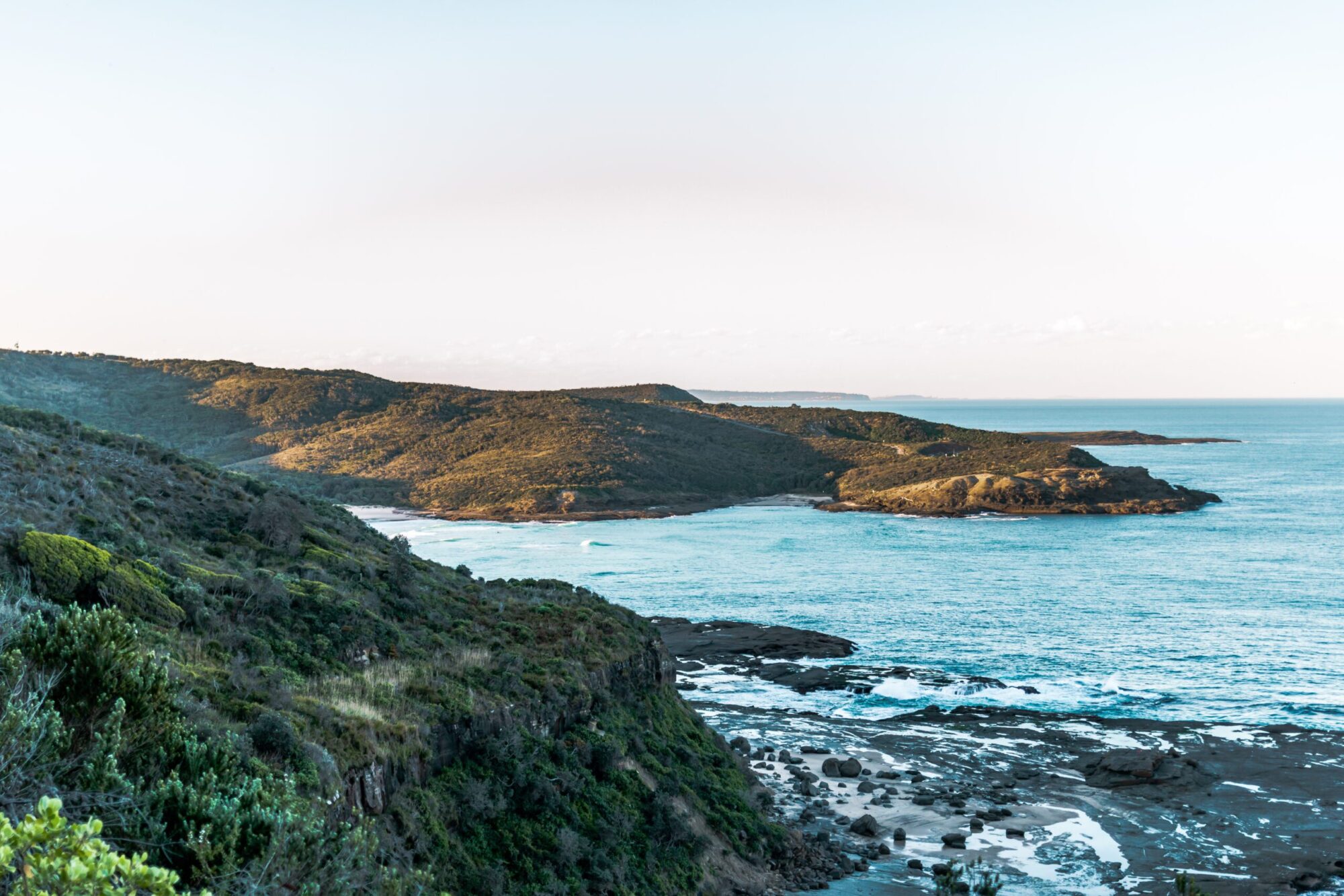When it comes to your adventures, whether it be backpacking, hiking, camping or just general traveling having a high-quality camera is essential for creating memories and looking back on the trip. Professional grade cameras allow you to capture these memories in almost any terrain and also give you the ability to work in many different lighting conditions which a general camera or phone may struggle with. When it comes to adventure photography there are a few things that we need to be mindful of including a budget, weather resistance, battery life, megapixels, and weight. These are your essentials when looking at cameras for adventure photography so it is important to keep these in mind rather than the other features a camera may have. In this article, we will be discussing these features, why they are important, and then showing you some of the best cameras for adventure photography and the pros and cons of each.
The first thing that we need to discuss when talking about cameras is the budget. Cameras, especially cameras with great specs aren’t cheap. For a full-frame camera, you can be looking at $4k upwards for the body alone and then you will have an interchangeable lens on top of that. Whilst a full frame is great getting a crop sensor is also all that is needed for many photographers. Generally speaking, larger sensors allow for more light to enter the camera and therefore more detail can be captured. Because full-frame cameras have this larger sensor they are the holy grail of cameras. However, they are however significantly more expensive than crop sensors, so unless you are a professional photographer the advantages of a full-frame camera may not be worthwhile. You can read more about the differences between full frame and crop sensors here. However, back to budget since this camera is going to spend a lot of time in your backpack or campsite, it may be favorable to have a cheaper camera for your adventures that way in cases where it could be damaged, it will be less significant on your wallet.
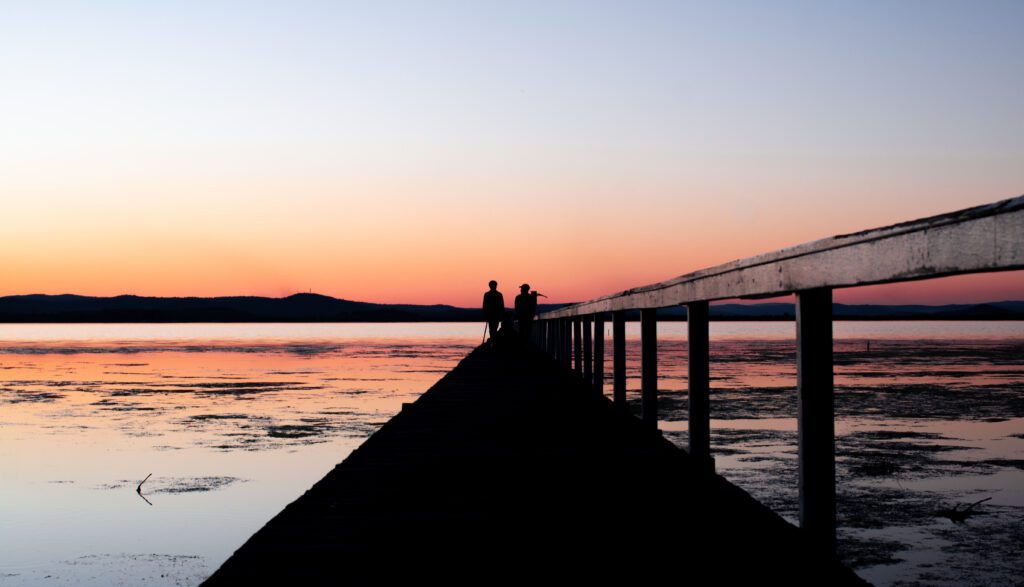
Another thing to consider is whether the camera is weather resistant. It goes without saying that you will need to protect your camera around water without the proper waterproofing equipment, but many cameras are weather resistant, and surprisingly many are not. Weather-resistant cameras are less susceptible to humidity and extreme temperatures. In many climates, this may not be a big deal, but if your hiking/camping location falls in temperatures less than 5′ and 40’+ Celsius it would be highly beneficial to have a camera body that is weather resistant.
This is an obvious one. But battery life is very important, if you’re consistently having to change batteries or charge the only one you have, you’re going to be in for a rough adventure. Camera batteries aren’t cheap, so you want as few as possible both for your wallet and for the space in your camera bag.
Mega Pixels should play an important part in your decision in choosing an adventure camera. In layman’s terms, the more megapixels a camera has the more quality and resolution the image will have. So when you’re taking a photo at the top of a mountain, on the beach, or in the bush you can capture the most possible.
And the last thing you need to weigh up is the weight(get it?). To put it simply, you don’t want to do a 16km hike with 10kgs of camera equipment on your back. I have been there and your back will thank me when you don’t choose a heavy camera. Between lenses, filters, tripod, and whatever else you carry in your hiking bag the camera body itself will probably be one of the heaviest things in there, so try and limit this weight by choosing a lightweight body. DSLRs are inherently heavy cameras, and 800g may not sound like a lot, but it adds up very quickly. An easy option here is to look into compact cameras and mirrorless cameras to save weight.
Once you have weighed up all of this you get to the fun part of choosing your camera! I’ve done the hard work here for you and here are some of the best cameras for travel photography and adventure photography with the pros and cons for each (you can thank me later).
Nikon Z fc
Price $1700

Built with aesthetics in mind is the Nikon Z fc which was made with content creators and vloggers. This beautifully looking camera is great both for beginners and those a little more advanced in their photography journey as it offers a range of auto and manual settings including full control of aperture, ISO, and exposure so you can let your creative flare out. Or stick to auto and let the camera do the hard yards while you take in the views. This camera also offers technology that allows you to transfer your photos immediately to your phone.
Pros
- Great value for the price
- 4k video
- 3″ screen
- Built-in wifi
- 390g
- Many interchangeable lenses options
- Beautiful looking camera
- RAW
Cons
- No weather sealing
- 20 Megapixels
- Feels cheap
- No image stabilisation
Canon PowerShot G7X Mark III Digital Compact Camera
Price $1000
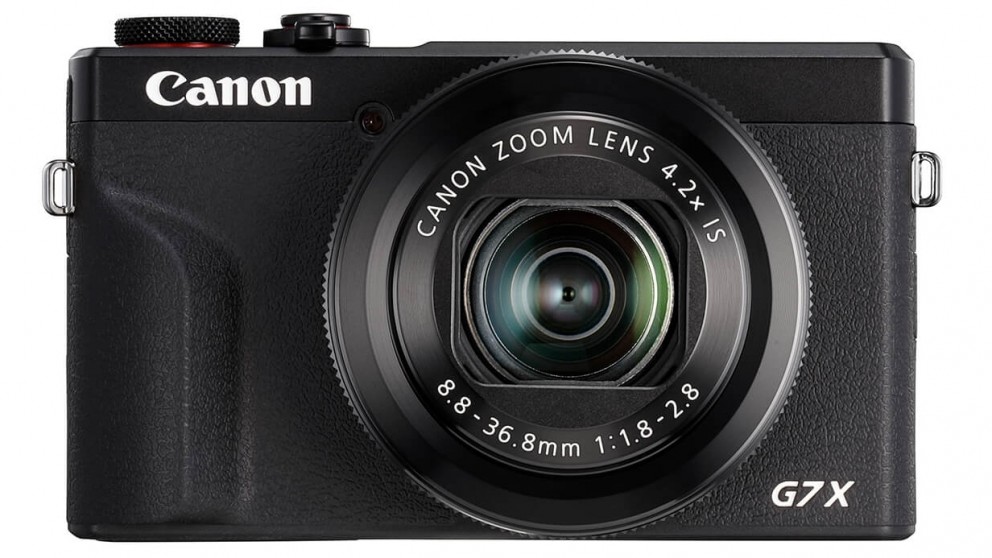
For those looking for a compact and sleek camera, the Canon PowerShot G7X Mark III is your go-to. This compact camera can easily step into every situation, whether it be macro photography or landscape the adaptability of this camera is unfounded. You can take this camera anywhere with its diverse 24-100mm focal range with a wide f/1.8-2.8 aperture and 4.2x optical zoom. For those who like to point and shoot when out exploring this is going to be one of the better options, the Canon Powershot G&X Mark III is also one of the best cheap cameras for travel on the market without compromising on quality.
Pros
- Budget-friendly
- Livestream to youtube
- 3″ touchscreen
- Image stabilisation
- RAW
- Built-in WIFI and Bluetooth
- 4k video
- 304g
- GPS compatible
- Best camera for travel vlogging
Cons
- No weather sealing
- 20 mega pixels
- Battery life Approx. 235 shots
Canon EOS R7
Price $2600
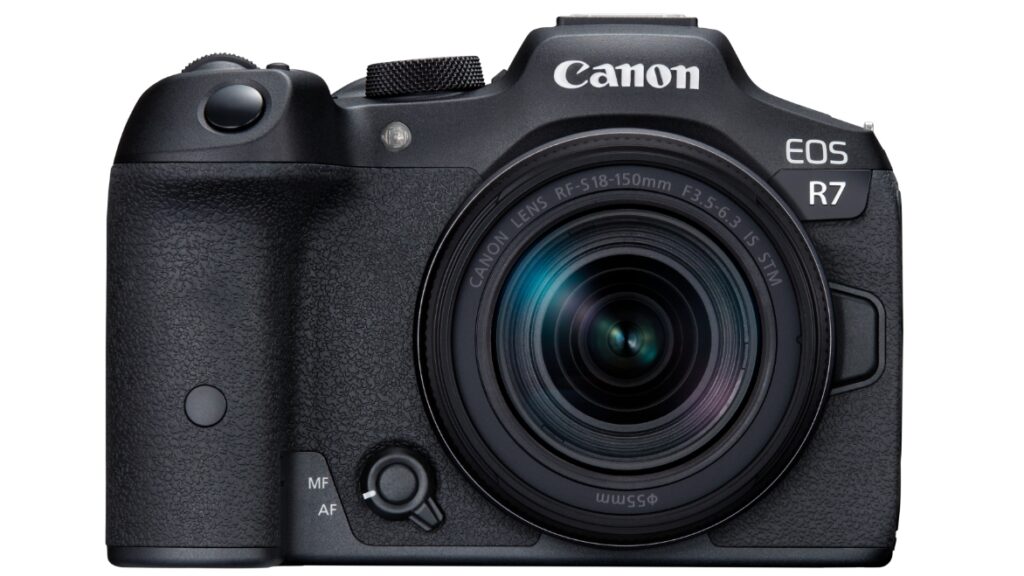
Canon is a household name and when it comes to the Canon EOS R7 you will be reminded why. With up to 30 frame bursts per second, this fast-shooting mirrorless camera is great for anyone looking at leveling up their travel photography. This camera is also perfect for animal and sports lovers due to its fast shutter speed and image stability. On top of this, the Canon EOS R7 has 32 megapixels which will allow you to create remarkably crisp images on your travels.
Pros
- 32 mega pixels
- Image stability
- High-speed shooting
- Auto active tracking
- 4k video
- Built-in wifi
- Weather sealed
- RAW
Cons
- 617g(body only)
- Not many lens options without an adaptor
Fujifilm X-T30 Type II
Price $1300(body alone)
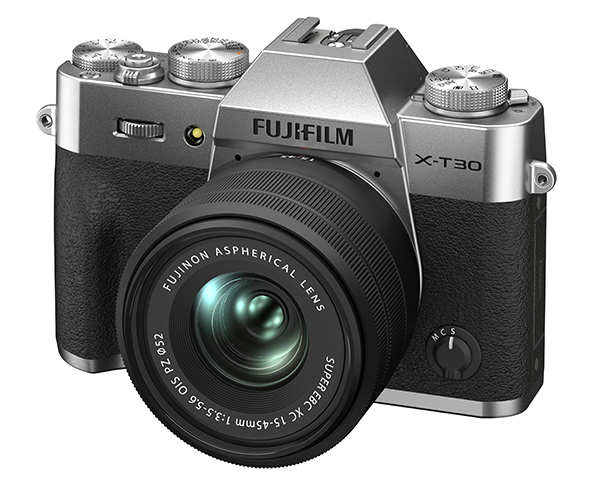
Fujifilm is a classic camera brand that over time has not lowered the bar on its quality. Staying true to classic camera styles is the Fujifilm X-T30 Type II. This is small and versatile and still packs a punch. With AF tracking and fast processing, you won’t miss an image with this camera. The X-T30 II comes with 18 Film Simulation modes that faithfully replicate classic film processing techniques. This is perfect for street photography as well as travel photography as it will let you define your world through your photography and allow you to express you’re self through your work. The creativity options from the Fujifilm X-T30 are almost endless.
Pros
- 26 megapixels
- 378 grams
- 4k video
- Film simulation mode
- RAW
Cons
- Battery life 380 shots
- Not weather sealed
- No image stabilisation
- Not suitable for large lenses
Olympus OM-D E-M10 Mark IV
Price $1200 (starter kit)
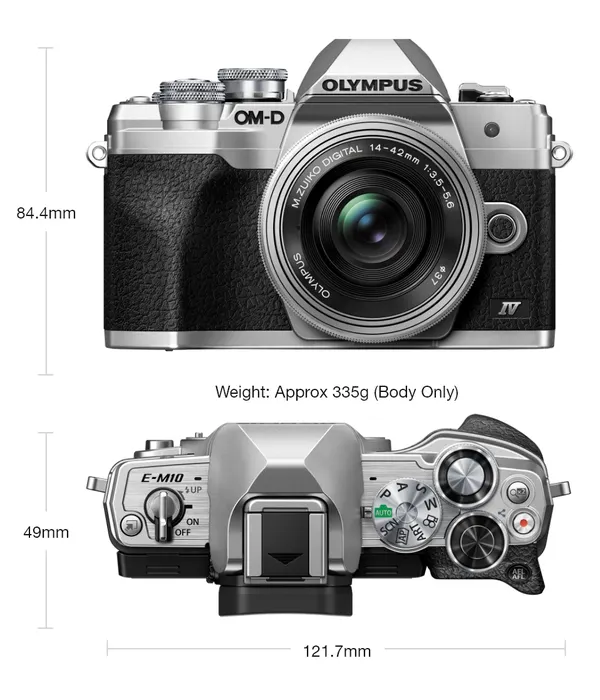
This compact mirrorless camera is a great entry-level camera. The Olympus OM-D E-M10 Mark IV is perfect for anybody new to photography who wants to get a leg up by starting with a solid brand. Olympus is known for its user-friendly interface and consistency with its camera and this one stands by the strong tradition. This body comes with hundreds of lenses currently available and more being released so as you progress you can upgrade your lens without needing to upgrade the body. This is something that Olympus prides itself on. The Olympus OM-D E-M10 Mark IV is also great for seasoned photographers looking for a compact second option. It’s lightweight and will be compatible with most brands of lenses with the right adaptors.
Pros
- Budget-friendly
- 335g
- Image stabilization
- Built-in WIFI
- Hundreds of affordable lenses are available
- Great for beginners
Cons
- 20 megapixels
- Battery life 360 shots
- Not weather sealed
Sony Alpha 7C Full-Frame Mirrorless Camera
Price: $2500 (body only)
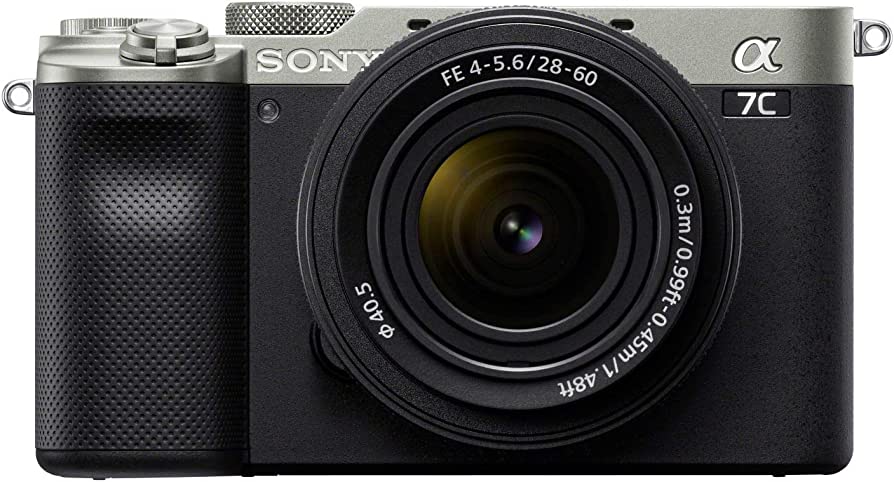
The Sony Alpha 7C Full-Frame Mirrorless Camera is the world’s smallest and lightest full-frame camera, so it naturally landed itself on this list. Sony has somehow managed to create a full-frame camera in the size of a compact camera. This is a revolutionary design for cameras. Because of this, you are able to create more depth in your images and create crisper images. Whilst on the more expensive side of this list, those looking for the benefits of full frame cameras will find this a very budget-friendly option with ample lens options already available for its mounting system.
Pros
- 24 megapixels
- Full frame sensor
- 4k video
- In body stabilisation
- Battery life approx 680 images
- 509g (tiny for full frame)
- Weather sealed
Cons
- Full-frame lenses are heavy and expensive
- small viewfinder
Hopefully, this list was able to give you some ideas on the best travel cameras for beginners and veteran photographers which don’t compromise on quality and are still budget-friendly.
If you’re looking for more ideas of what to take on your adventures make sure you find out if you need a PLB.
*This article contains affiliate links and I may receive a small commission on eligible purchases.
